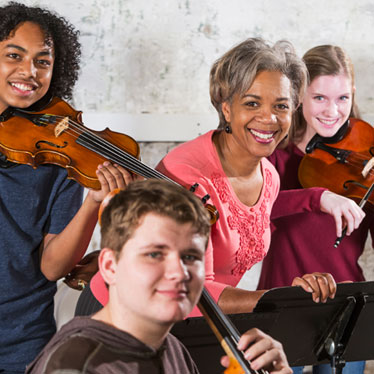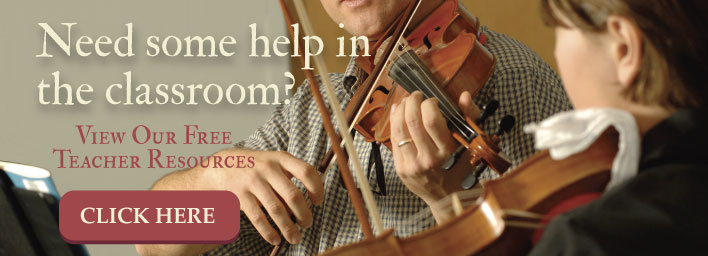How To Incorporate Variety In Your Music Curriculum To Keep Students Engaged

Music is so much more than just playing notes in sequence. Yet it can feel that way for your students unless you introduce some variety in to your music class. Mixing things up opens your students’ horizons and helps them appreciate, and then communicate, music’s greater depths.
With some creativity and planning, you have a variety of in-class activities and field trip options that can pull students into a wider world of music and keep them engaged throughout the year.
Give the music context
No composition is an island. You can deepen students’ knowledge about composers and their works by incorporating lessons about the times during which a composer worked. So, if your class is working on a piece by Mozart, you can juxtapose his courtly existence against the revolutions elsewhere in Europe and in the United States. You can also explore what was happening artistically at the time, such as the opening of the Bolshoi Ballet in Russia and La Scala in Milan. See what similarities and differences students can spot between Mozart’s music and the works of accomplished painters of the time like Guardi and Boucher.
Another way to widen the context of the pieces they’re working on is to explore the backstory of the work itself. You can read about some here and here, or you have your students research and put together their own reports.
Movie recommendation: Amadeus
Break down the instruments
Help your students understand the workings of not just their own instruments, but those throughout the orchestra.
Spend some time exploring the instruments themselves. You can invite in a luthier (or take a field trip) to show students the different parts of an instrument and explain what makes each one important. Check to see if a local museum has any exhibitions that include or center on instruments of a certain era. You can use this publicly displayed music instruments search engine to find out if there happen to be any instruments of interest near you.
Movie recommendation: The Red Violin
Explore behind the scenes
Behind the scenes can include exploring the creative process, from composing to performing to conducting. It can also include everything else that goes into running a performance venue or orchestra. You can invite guest speakers from local music organizations or arrange a backstage tour of a local venue. Most city symphonies have school programs and would be happy to work with you to arrange a visit.
Another option is to explore music careers with guest speakers, especially if you have any alumni working in music or studying at a conservatory.
Movie recommendation: A Late Quartet (2012)
Get techy
You know technology will keep them engaged. When you put together a context lesson or have students put together their own – make it multimedia. The Boston Symphony Orchestra is running an engagement program where it puts together a package on a given performance that includes interviews with the conductor and/or performers regarding the work, as well as talks with expert musicologists. It then hands out iPads to attendees, so they can watch the package.
You can also introduce them to some of the technology tools used by conductors, composers and musicians, from phone apps to full-function software programs. If you’re not feeling confident about this, call your local Apple store. Apple creates field trips for students and would design one around its music creation and mastering programs.
No movie recommendation here, but you can share with your class these videos of music composed via artificial intelligence. Can they spot any differences from human composed music?
Step outside the genre box
If you’ve been focusing only on classical music, create a change of pace by bringing in some other genres. You can still have a classical flavor by sharing with them a classical piece done in a different genre or orchestra instruments playing other genres. You can learn about creating mash-ups here.
You can also test their ears and familiarity with classics by asking them to identify what classical passages they hear in pop or contemporary music. Here’s a list of 27 pop songs inspired by classical works to get you started. Make a game of it.
Movie recommendation: Fantasia
Go for the movie recommendations if you’re short on prep time and need a change of pace fast. What ways have you mixed things up in your music class? Share your best stories so other teachers can learn from them.


